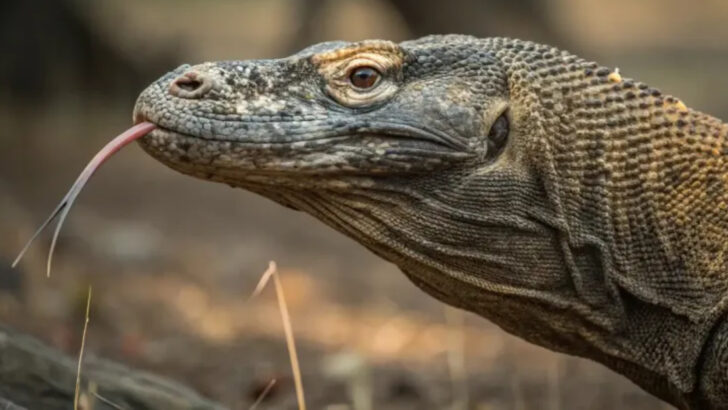Dragons may be myth—but their bones might not be.
Before fire-breathing beasts flew across fantasy novels and ancient legends, people were digging up strange skeletons, spotting massive lizards, and watching creatures leap from the sea like something out of a fever dream.
And let’s be honest—if you saw a 20-foot crocodile or a Komodo dragon for the first time with zero context, you’d probably scream “dragon!” too.
These weren’t just animals. They were omens, monsters, mysteries. And over centuries, they slithered, crawled, and soared their way into our stories, leaving behind claw marks on human imagination.
Let’s meet the seven real-world beasts that may have birthed the legend—creatures so strange, so fierce, so oddly magical, they could make anyone believe in dragons.
Komodo Dragon
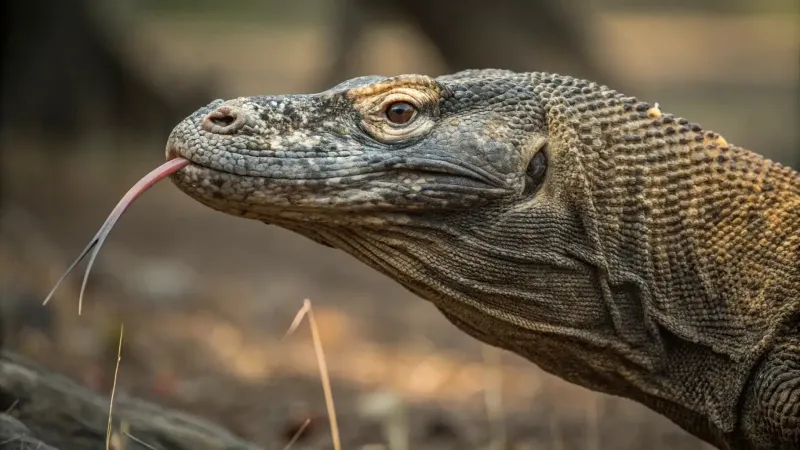
With a flick of its forked tongue, the Komodo dragon strikes fear in the hearts of its prey. Weighing up to 150 pounds, this giant lizard roams the Indonesian islands, embodying the power and presence of mythical dragons. Its saliva is a toxic cocktail, much like the fiery breath of its legendary counterparts.
In 1910, the world was formally introduced to this formidable creature. Known for its hunting prowess, the Komodo dragon’s ferocity mirrors the dragons of ancient tales. Despite its fearsome reputation, it plays a crucial role in the ecosystem.
Crocodile
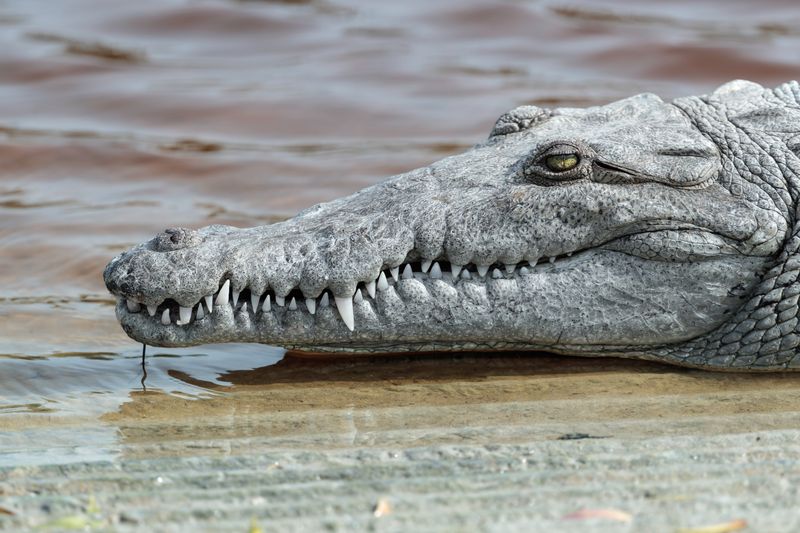
Silent and deadly, the crocodile glides through water with a stealth unmatched by other predators. Its ancient lineage, dating back millions of years, makes it a living relic of the past. The armored scales and powerful jaws bring to mind the indomitable dragon of legend.
Crocodiles have inspired awe and fear throughout history. Often depicted in folklore as monstrous beasts, their presence in rivers and swamps hints at the hidden dangers lurking beneath calm waters. A symbol of power and mystery, the crocodile has certainly fueled dragon myths.
Chinese Alligator
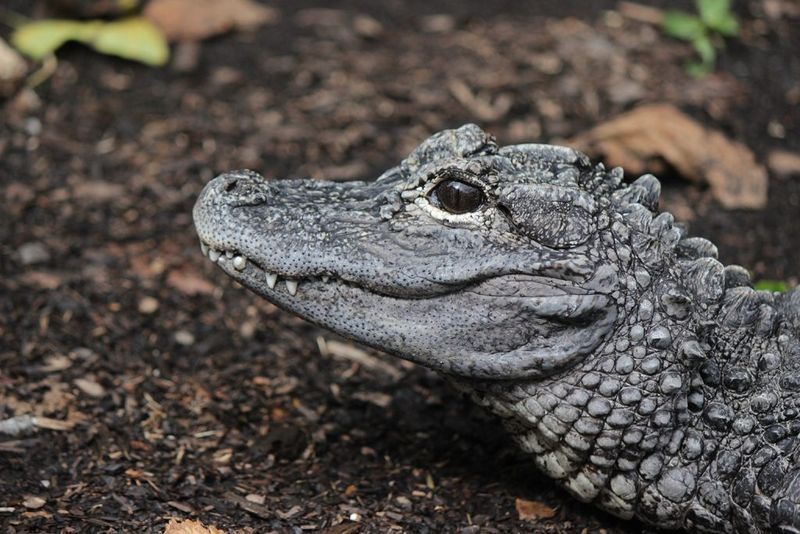
In the waters of Eastern China, the elusive Chinese alligator basks quietly, its presence often overshadowed by its more famous American cousin. This small, rare reptile once roamed widely, perhaps inspiring tales of dragons in ancient Chinese culture.
Its name, “Tu Long,” translates to “earth dragon,” emphasizing its legendary ties. With its armored body and stealthy nature, the Chinese alligator embodies many traits associated with mythical dragons. Conservation efforts are crucial to preserve this link to ancient lore and biodiversity.
Oarfish
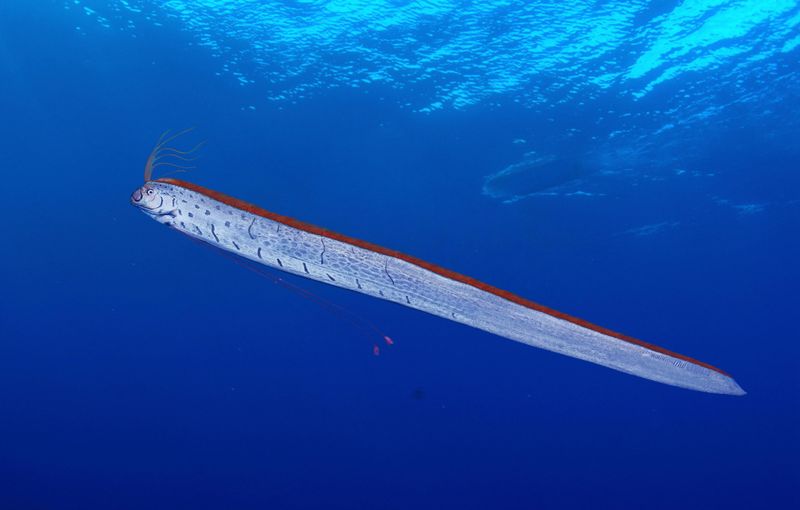
The mysterious oarfish, with its elongated body and shimmering scales, is often mistaken for a serpent of the sea. Reaching lengths of up to 36 feet, this elusive creature is rarely seen by humans, fueling legends of sea dragons.
Oarfish have been found washed ashore, their unusual appearance sparking tales of sea monsters. Known as the “king of herrings,” its regal presence beneath the waves adds to its mythical status. The oarfish’s rarity and size contribute to its legendary allure.
Monitor Lizard
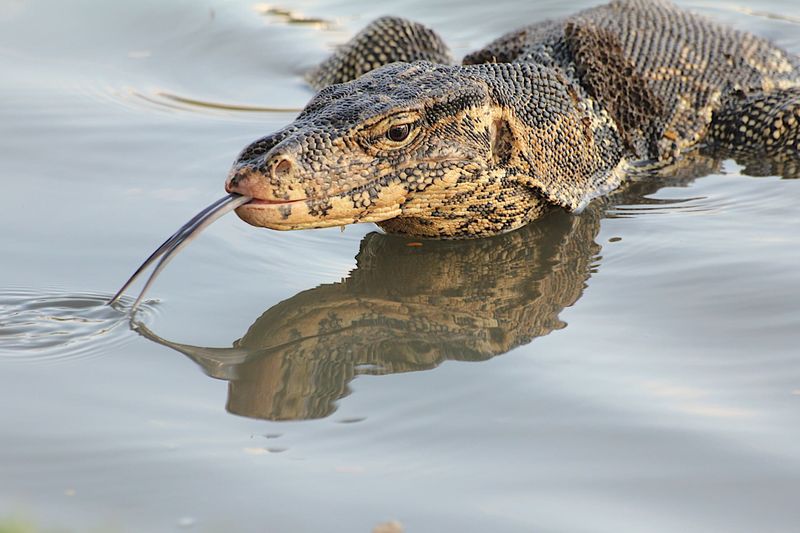
With a flicker of its forked tongue, the monitor lizard prowls the forests and savannas with an air of mystery. This adaptable reptile is known for its intelligence and strength, qualities often attributed to dragons.
Their keen hunting skills and impressive size have led many cultures to associate them with dragon-like legends. Monitors can grow remarkably large, resembling the feared dragons of old stories. Their presence in diverse habitats showcases their adaptability and survival prowess.
Frilled Dragon
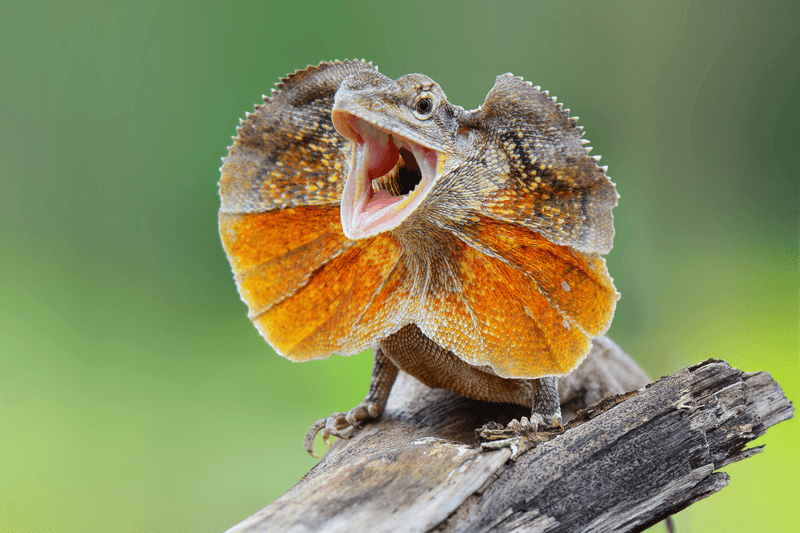
With a sudden, dramatic display, the frilled dragon unfurls its neck frill, startling predators and curious onlookers alike. This Australian native uses its frill for both intimidation and communication, echoing the dramatic displays of mythical dragons.
With a quick sprint, it can cover significant ground, reminiscent of a dragon taking flight. Known for its unique appearance and behaviors, the frilled dragon captivates those who encounter it. Its vibrant frill and agile movements make it a fascinating subject of folklore and wonder.
Pterosaur Fossils
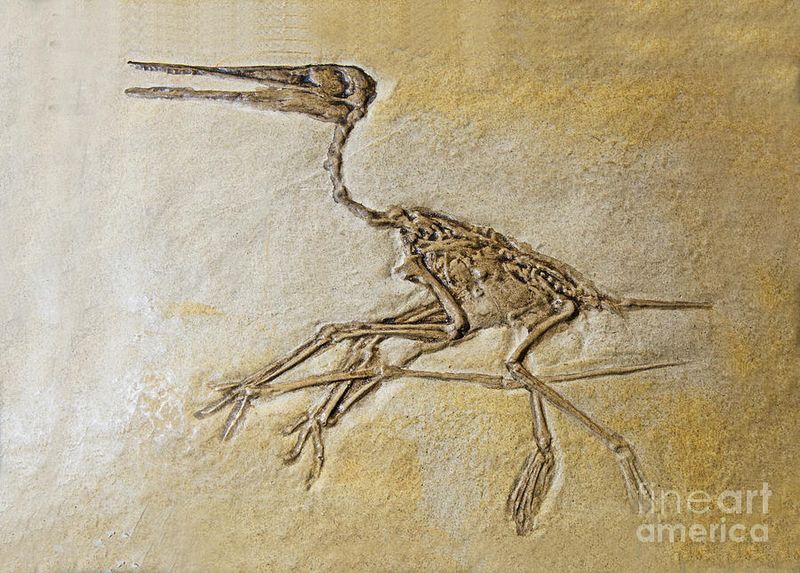
High in the ancient skies, the pterosaurs soared, their wingspans casting shadows over the land below. These prehistoric rulers of the air have long been likened to the dragons of legend, their fossilized remains sparking imaginations.
Pterosaurs, with their diverse species, showcased remarkable adaptations for flight. Their leathery wings and elongated beaks resemble the dragons depicted in ancient myths. These flying reptiles’ fossils offer a glimpse into a world where dragons might have truly existed, bridging the gap between myth and reality.

